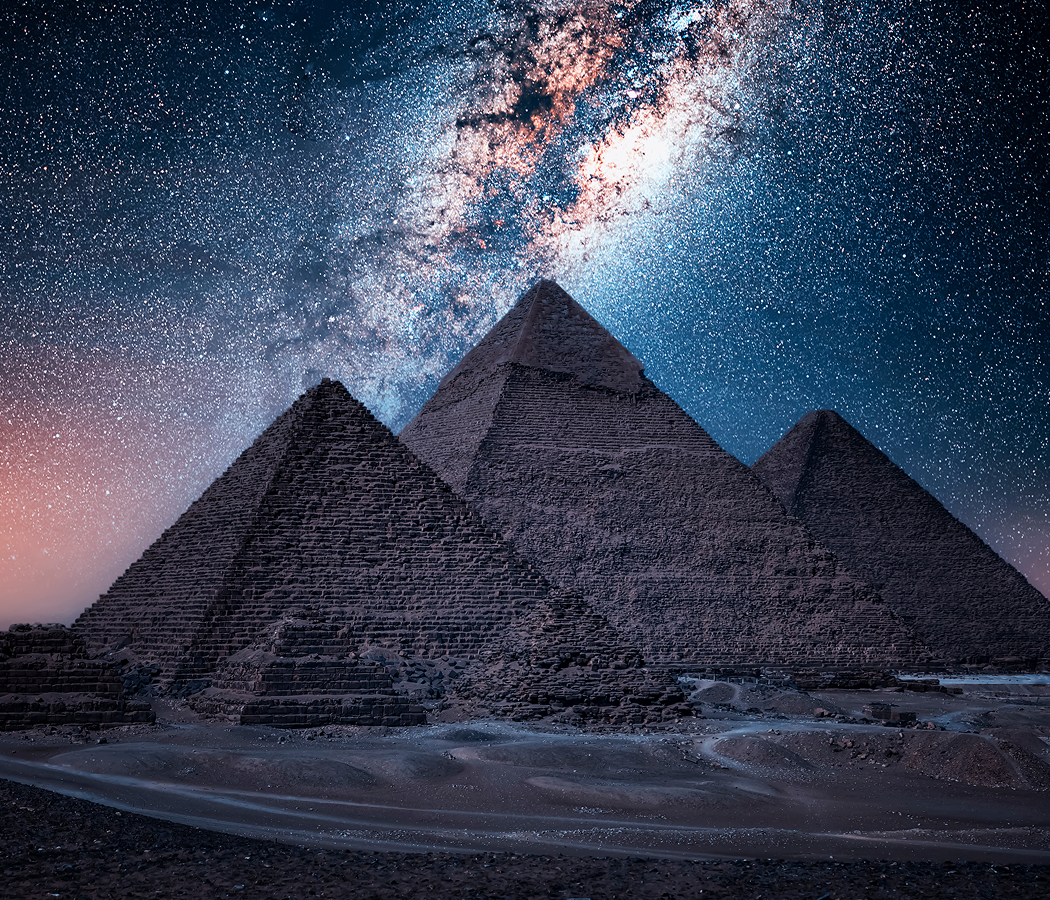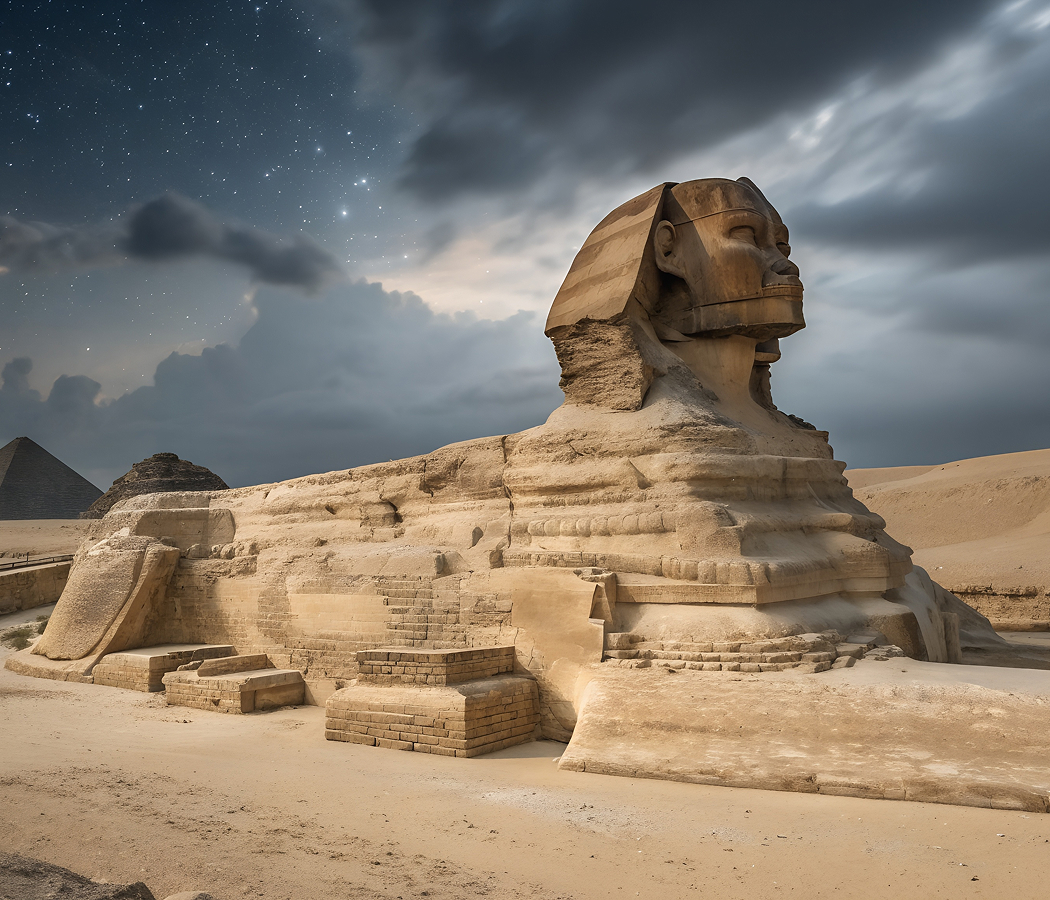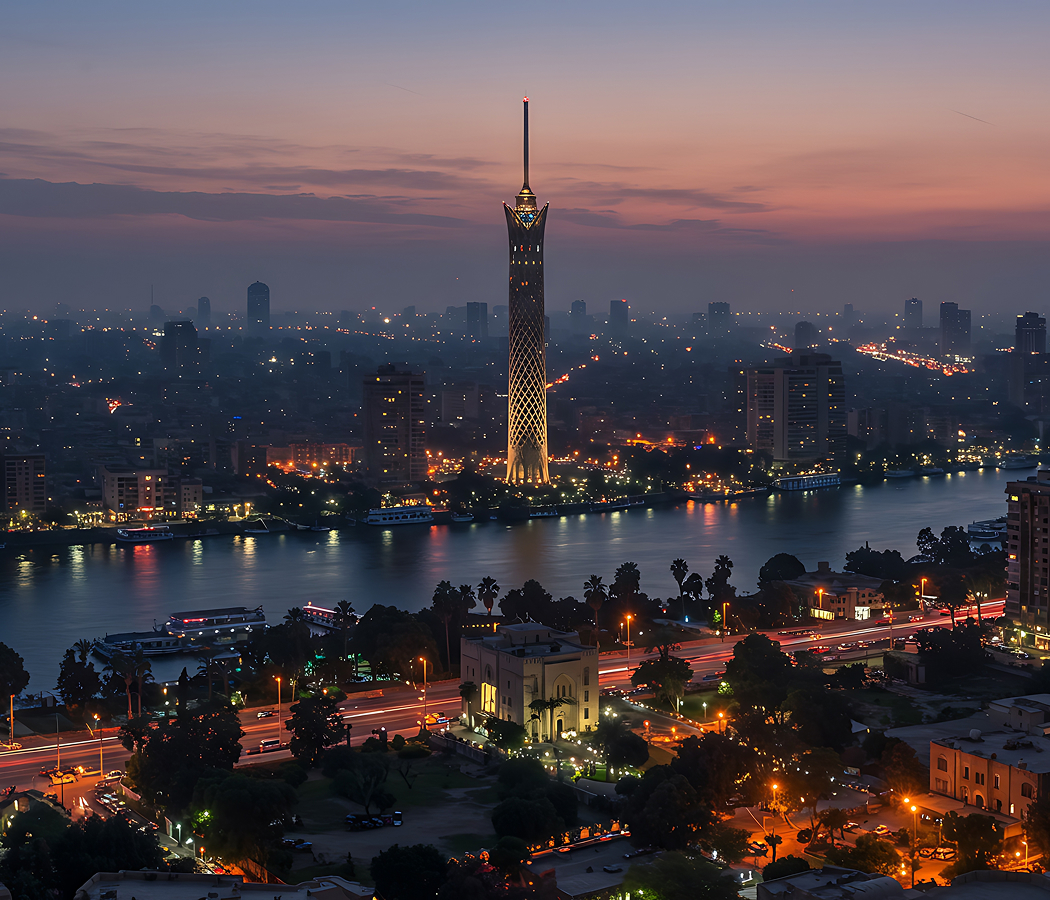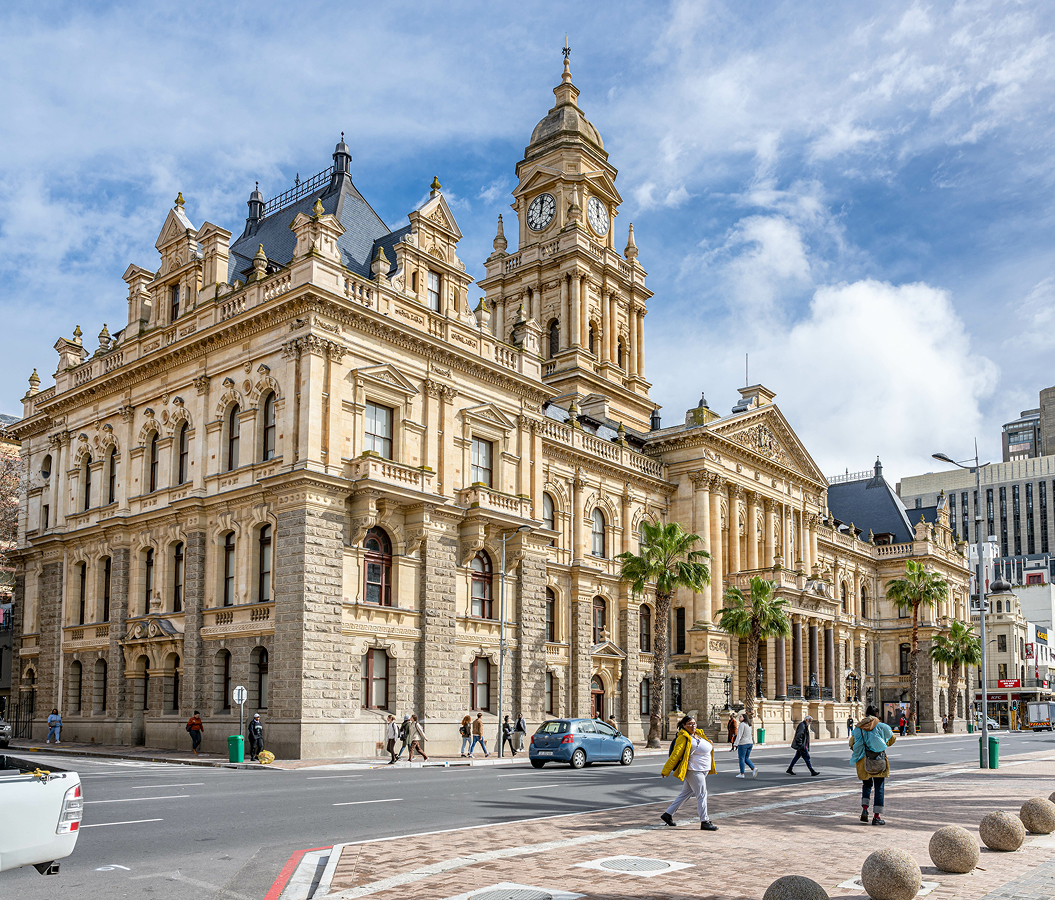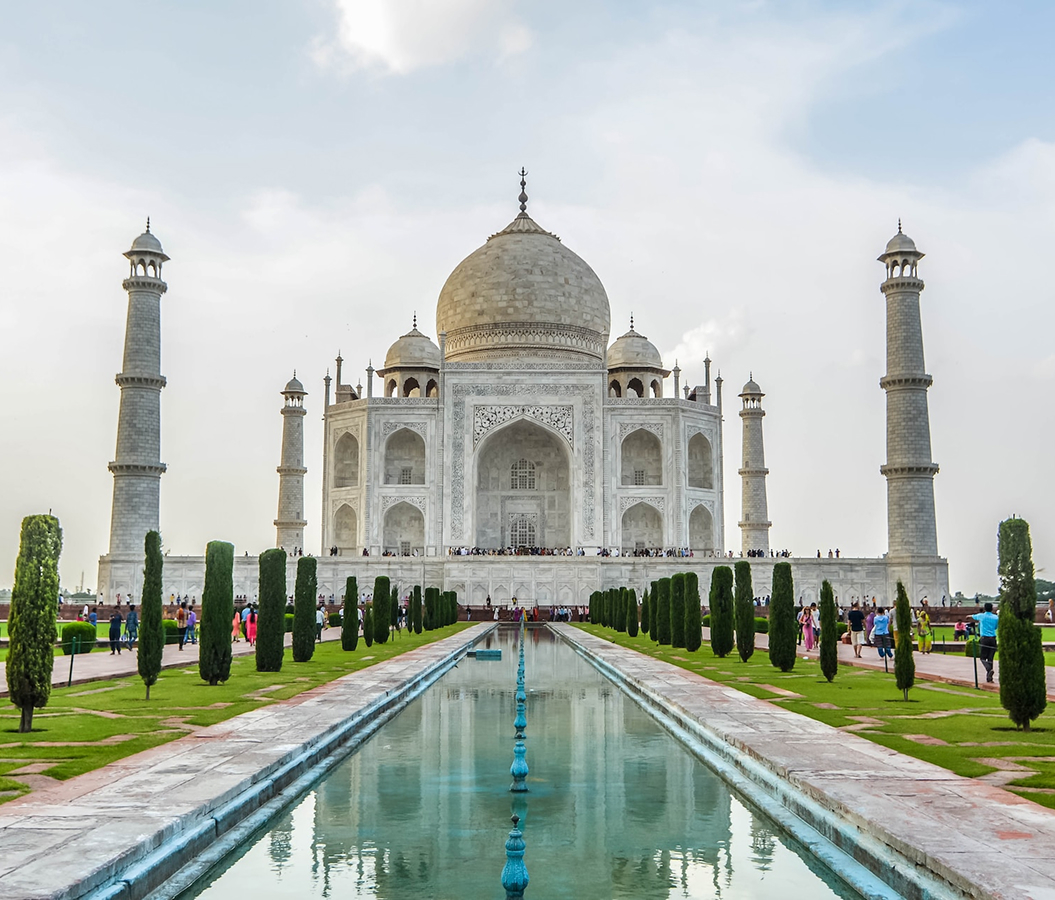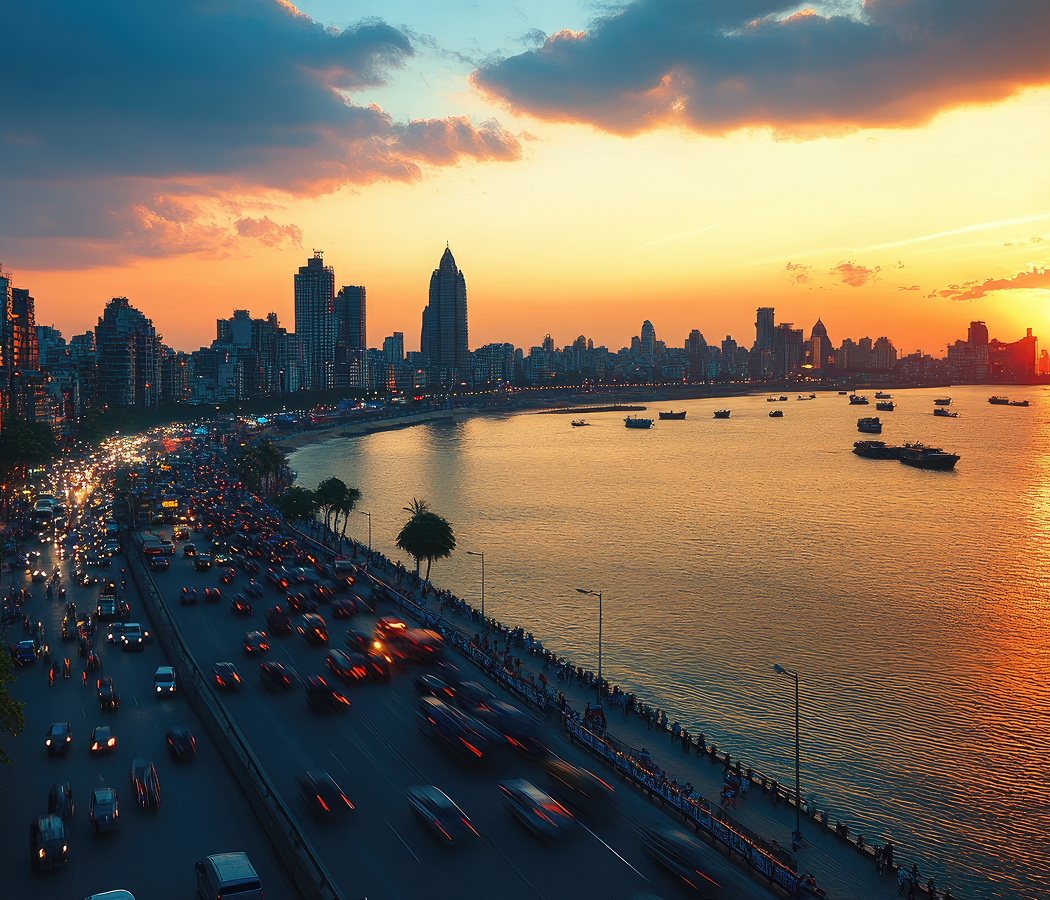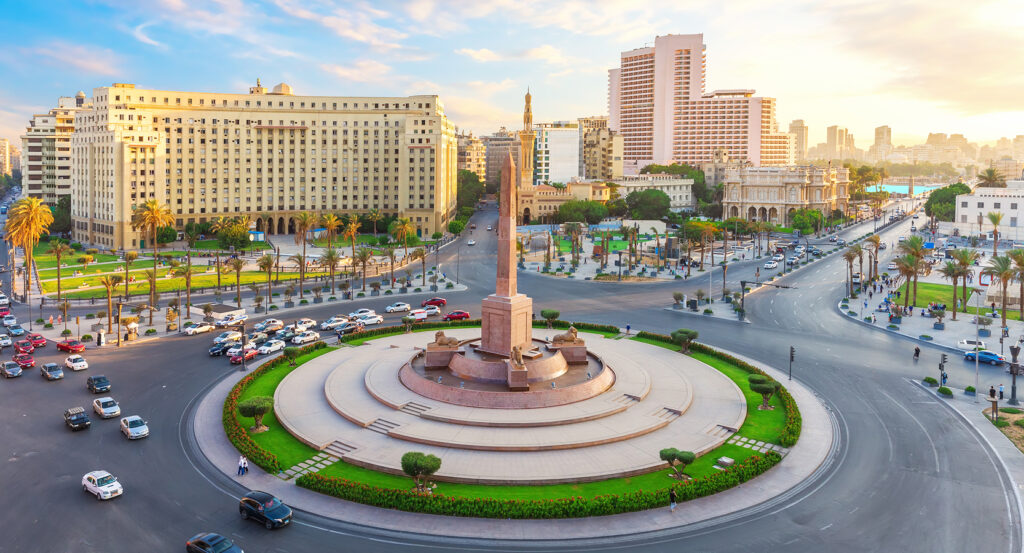
Why you should experience Tahrir Square in Cairo.
Tahrir Square in Cairo is more than a crossroads, it’s the beating heart of Egypt’s modern identity, where the country’s past, present, and future converge in one powerful symbol of unity and resilience.
Situated in the center of downtown Cairo, Tahrir, meaning “Liberation” in Arabic, has witnessed every major chapter of Egypt’s political and cultural evolution over the past century. It’s a space that has embodied both revolution and renewal, from the 1952 overthrow of the monarchy to the 2011 Arab Spring that reshaped global history. Yet beyond its headlines, Tahrir Square is also an architectural and emotional anchor for Cairo, a vast open plaza surrounded by some of the city’s most iconic landmarks. The Egyptian Museum’s neoclassical façade stands on one corner, holding the treasures of pharaohs past, while the Nile flows just steps away, mirroring the rhythm of a nation that has always adapted, endured, and risen again. As you stand at the square’s center, surrounded by the hum of traffic, the swirl of flags, and the voices of vendors and students, it’s impossible not to feel the gravity of its story. Tahrir is not a monument, it’s a mirror, reflecting Egypt’s struggle, pride, and unstoppable heartbeat.
What you didn’t know about Tahrir Square.
While the world remembers Tahrir Square as the epicenter of Egypt’s 2011 revolution, its legacy stretches far deeper into the fabric of Cairo’s history.
Originally laid out in the 19th century during the reign of Khedive Ismail, the square was modeled after European plazas, part of his grand vision to modernize Cairo into the “Paris of the East.” Its early design reflected the ambitions of a new Egypt emerging from centuries of Ottoman rule, with broad boulevards, symmetrical layouts, and French-inspired façades lining its edges. The square was first named “Ismailia Square,” but following the 1952 revolution that brought Gamal Abdel Nasser to power, it was renamed “Tahrir” to commemorate liberation from colonial influence. Over the decades, it became a gathering place for national celebrations, military parades, and, at times, political upheaval. In 2011, millions of Egyptians flooded the square demanding change, their chants echoing through the air for 18 consecutive days until the fall of President Hosni Mubarak. Images of the square filled television screens across the globe, transforming it into an international symbol of democracy and human determination. Yet few realize that long before the protests, Tahrir had already been the soul of Cairo’s civic life, a space for art exhibitions, student movements, and public gatherings that shaped Egypt’s social consciousness. In recent years, the government has restored the square, installing elegant lighting, new landscaping, and a stunning obelisk from Tanis at its center, a nod to Egypt’s pharaonic past, now rising amid the currents of modernity. The juxtaposition is poetic: ancient stone standing tall over the birthplace of contemporary revolution.
How to fold Tahrir Square into your trip.
Visiting Tahrir Square is less about sightseeing and more about understanding Egypt through the eyes of its people, where history is lived, not displayed.
Start your visit in the morning or late afternoon, when the golden light softens the square’s wide expanse. Begin at the Egyptian Museum, whose grand halls hold more than 120,000 artifacts, including the treasures of Tutankhamun, the mummies of great pharaohs, and relics that span over 5,000 years. From there, walk along the edge of the square toward the Nile Corniche, where the city’s pulse slows and you can catch the breeze rising off the river. Pause to watch Cairo’s rhythm unfold: the flow of taxis, the calls of street vendors, the swirl of pigeons overhead. For a local perspective, step into one of the nearby cafés like Café Riche, a historic haunt of intellectuals and activists since the 1920s, where conversations about art, politics, and philosophy once shaped the city’s consciousness. As evening descends, the square transforms, fountains glow, and the obelisk at its center becomes a luminous reminder of Egypt’s dual heritage: ancient power and modern resilience. From Tahrir, it’s a short walk to the revitalized Downtown Cairo district, where Belle Époque architecture, bookshops, and galleries invite further exploration. Standing in Tahrir at night, surrounded by the pulse of Cairo, you feel something larger than life, a reminder that history isn’t static. It moves, breathes, and gathers here, where Egypt’s heart beats strongest.
Hear it from the Foresyte community.
Whole vibe is chaos with purpose. Cars everywhere, horns nonstop, people cutting across like it’s nothing. You just stand there like wow this city never blinks.
Where meaningful travel begins.
Start your journey with Foresyte, where the planning is part of the magic.
Discover the experiences that matter most.

